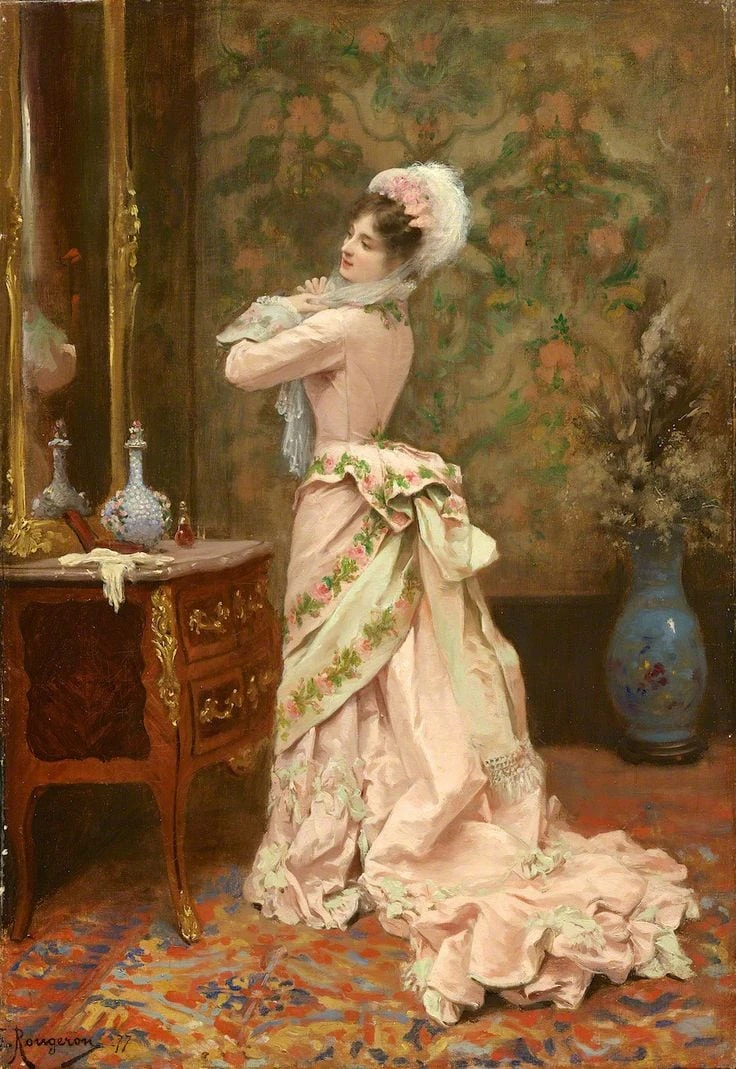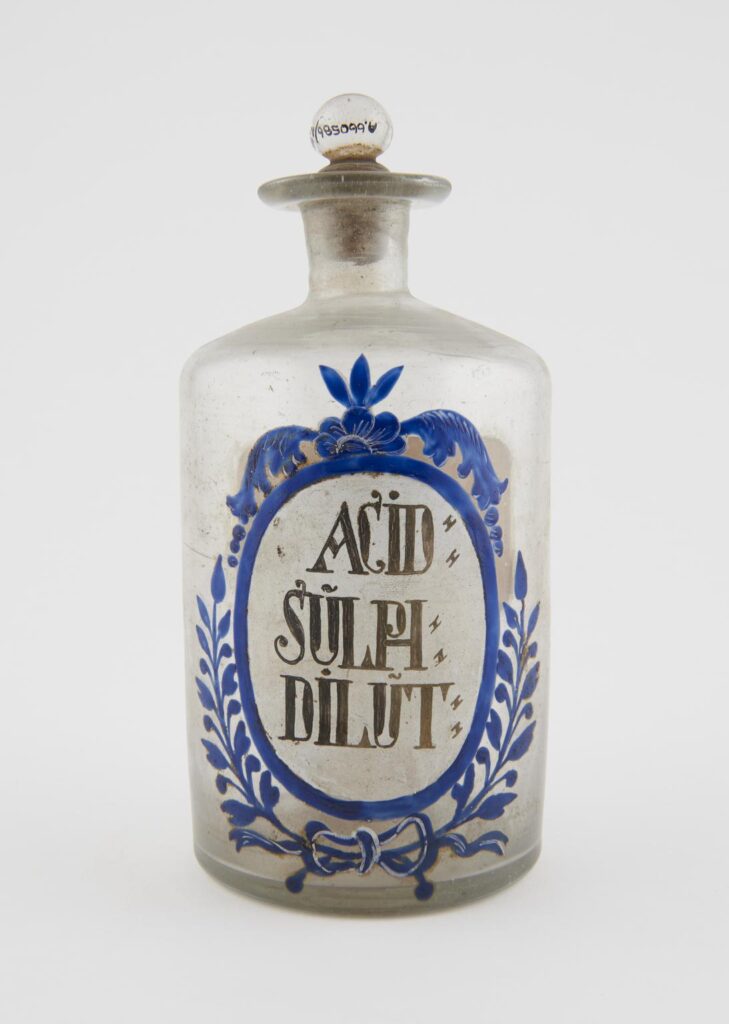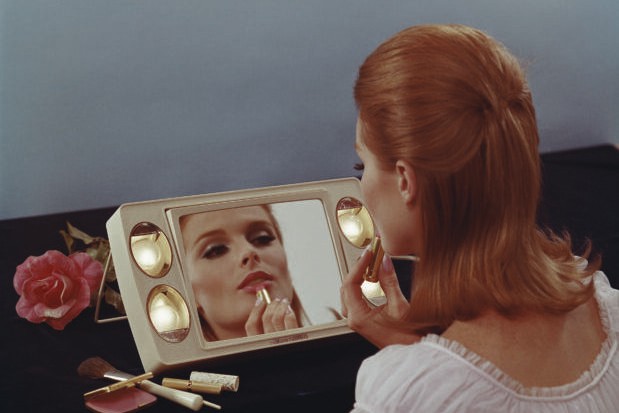Deadly Glamour: The Dangerous Cosmetics of the Past

Throughout history, the pursuit of beauty has driven societies to develop and use a wide array of cosmetics. While makeup and skincare have long been tools of self-expression and social status, many of the products used until the early 20th century came at a steep cost to health. The desire for flawless skin, rosy cheeks, and lustrous hair led people to apply substances that were often toxic and harmful, sometimes with deadly consequences.
Historical Context: Beauty Ideals and Cosmetic Use
In many cultures, physical appearance was closely linked to social standing, marriage prospects, and even moral virtue. During the Victorian era and earlier, pale skin was prized as a sign of nobility and leisure, while flushed cheeks symbolized vitality and youth. To achieve these ideals, people used makeup made from readily available, but dangerous, materials.
Cosmetics in this period were not regulated, and knowledge about toxicity was limited. Ingredients were chosen more for their effect and availability than for safety.
Common Dangerous Ingredients in Historical Cosmetics
- Lead: One of the most notorious cosmetic toxins, lead was used in face powders and paints to whiten the skin and reduce blemishes. White lead, or “ceruse,” was highly prized but caused lead poisoning, resulting in symptoms such as skin ulcers, hair loss, neurological damage, and even death.
- Mercury: Mercury compounds were used in skin lightening creams and treatments for conditions like acne and syphilis. Prolonged use led to mercury poisoning, affecting the nervous system and kidneys.
- Arsenic: Arsenic-based powders and pills were consumed and applied to the skin to achieve a clear, pale complexion. The element’s toxicity caused severe health problems, including skin lesions, internal organ damage, and fatal poisoning.
- Vermilion (Mercuric Sulfide): Used as a red pigment for lip and cheek color, vermilion contained mercury, contributing to toxicity.
- Antimony and Other Heavy Metals: Sometimes found in eye makeup like kohl and mascara, these metals could cause eye infections and systemic poisoning.
- Animal Fats and Plant Extracts: Some products contained less dangerous but unhygienic ingredients, causing skin irritation and infections.

Social Pressure and Cosmetic Use
The pressure to conform to beauty standards was immense, especially for women. The use of cosmetics was sometimes linked to morality; natural looks were idealized, but makeup was essential to mask the signs of hard labor or illness. Women often hid their use of these harmful products due to social stigma but endured the health risks to maintain appearances.
Health Consequences
Many victims of these cosmetics suffered from chronic health issues:
- Skin Damage: Ulcers, rashes, discoloration, and premature aging were common.
- Neurological Effects: Lead and mercury poisoning caused tremors, cognitive decline, and behavioral changes.
- Reproductive Harm: Some toxins led to miscarriages and infertility.
- Death: In extreme cases, poisoning was fatal.
Transition to Safer Cosmetics
By the late 19th and early 20th centuries, scientific advancements and increased awareness led to improved regulations and safer formulations. The rise of the cosmetics industry brought about standardized ingredients and testing, although some harmful substances persisted for decades.
Modern cosmetics laws now strictly control ingredient safety, a lesson hard-earned from centuries of hazardous beauty practices.
Legacy and Lessons
The history of dangerous cosmetics highlights the intersection of cultural values, science, and commerce. It serves as a reminder that the quest for beauty can come at a significant cost, particularly when safety is overlooked.
Understanding this past encourages modern consumers to be vigilant about ingredient safety and promotes ethical standards in the beauty industry today.

Summary:
Until the 20th century, the desire for beauty drove widespread use of cosmetics containing toxic substances like lead, mercury, and arsenic. These products, favored for their aesthetic effects, caused severe health problems including poisoning, skin damage, and even death. The painful legacy of these hazardous cosmetics paved the way for scientific progress and regulation in the beauty industry, underscoring the vital importance of safety in the pursuit of appearance.




